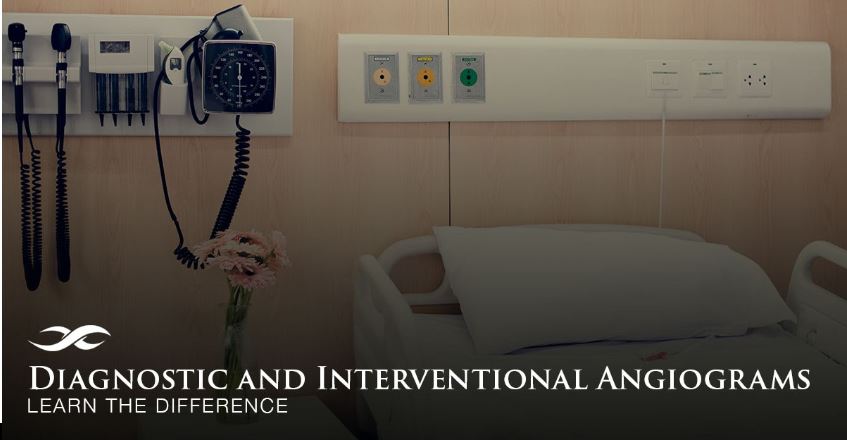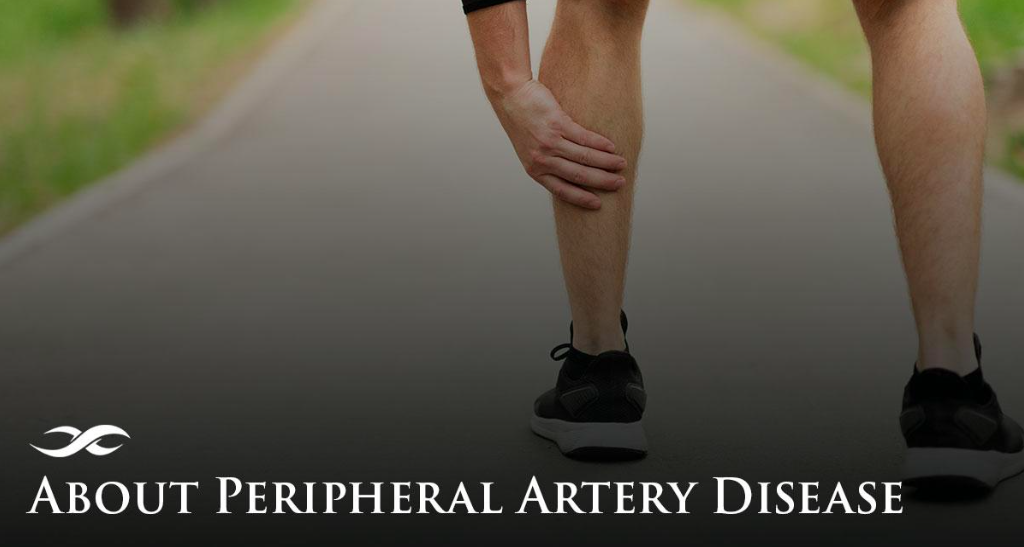About Vertebroplasties

A vertebroplasty is a procedure used to treat painful vertebral compression fractures. These fractures occur when one or more vertebrae in your spine cannot fully support the weight placed on it and begins to collapse due to tiny cracks in the bone.
Vertebroplasties are widely regarded as a safe and effective minimally invasive procedure for treating vertebral compression fractures. In fact, many patients experience a 90% reduction in pain within the first 24-48 hours following the procedure. Even more so, a large number of patients return to their previous level of activity without any form of physical therapy and a portion become completely symptom-free.
Common Conditions Treated
Vertebroplasties are most commonly used to treat compression fractures caused by osteoporosis, a disease that results in a loss of normal bone density. The procedure is often recommended after other less invasive treatments such as pain medication or the use of a back brace have proven ineffective. Generally, a vertebroplasty should be performed within 8 weeks of the initial fracture to provide the highest probability of success.
Vertebroplasty Procedure
Vertebroplasties are usually performed as outpatient procedures and only take about one hour to complete. To begin the procedure, the patient will be given both a moderate sedative and local anesthetic. Then, the patient is positioned face-down on the table. After a very small incision is made, your physician will utilize x-ray imaging to guide a hollow needle to the site of the compression fracture. Once in position, your physician will inject a cement mixture into the fractured bone to help stabilize it.
The medical grade cement typically takes 20 minutes to harden, during which time the patient will remain lying face down. After the cement has completely set, your physician will remove the hollow needle and use an x-ray or CT scan to confirm the procedure was successful.
Recovery from Vertebroplasties
As mentioned above, vertebroplasties are typically performed as outpatient procedures, meaning patients are able to return home the same day. Patients are able to walk around approximately one hour following the procedure. And while patients are able to return home the same day, bedrest or an extreme reduction in activity is recommended for the first 24 hours. After that first day, the patient will be able to gradually increase their activity level. A return to strenuous physical activity such as heavy lifting generally isn’t advised until 6 weeks following the procedure.
Your physician will likely schedule a follow-up appointment, at which they will ensure your recovery is going well.
Vertebroplasties are an incredibly effective minimally invasive treatment with as many as 75% of patients able to regain lost mobility and become more active.
Call (605) 217-5617 to schedule an appointment with Dr. Khurana.
Treating Varicose Veins with VenaSeal™

The physicians at Vascular & Vein Institute of Siouxland specialize in treating varicose veins in patients suffering from chronic venous disease. In the US alone, 23% of the population are affected by varicose veins. While for many of those people varicose veins are primarily a cosmetic concern, for other more severe cases varicose veins cause discomfort and lead to more serious problems.
Varicose veins are large, twisted veins that appear most often in the legs and feet. They are the result of weak or damaged valves in the veins of your legs that are unable to efficiently pump the blood to the rest of your body. These valves allow the blood to flow backward and pool in the veins, causing them to enlarge and twist.
Symptoms
Many patients with varicose veins experience one or more of the following symptoms.
- Enlarged, dark purple or blue veins
- Swelling
- Aching pain or heaviness in one or both legs
- Itching near affected veins
- Muscle cramps
As we mentioned above, many people with varicose veins don’t experience any pain. For those that do, however, their symptoms are often worsened by prolonged periods of sitting or standing.
Risk factors
Did you know? Women are more than twice as likely as men to develop varicose veins. Below are the most common risk factors associated with this condition.
- Women – largely due to hormonal changes
- Older adults
- Pregnancy
- Obesity
- Family history
- Inactive lifestyle
Treating Varicose Veins with VenaSeal™
VenaSeal™ is one of the treatment methods the physicians at Vascular & Vein Institute of Siouxland use to treat varicose veins. It is a highly effective treatment method – with a 94.4% closure rate.
While treating varicose veins with VenaSeal™, your physician injects the diseased vein with a small amount of medical adhesive to permanently seal the vein and reroute blood through healthy veins nearby. Since symptoms are caused by the diseased vein, they begin to improve as soon as the vein is sealed.
Many patients feel little to no pain during and after the procedure, and experience minimal bruising. Treating varicose veins with VenaSeal™ is a minimally invasive outpatient procedure, meaning patients are able to return home the same day. In fact, many are able to return to their normal activity level immediately following the procedure.
Call (605) 217-5617 to schedule an appointment with one of our physicians.
Diagnostic and Interventional Angiograms: Learn the Difference

Diagnostic and interventional angiograms are procedures that can be used to diagnose and treat various conditions. Angiograms are also referred to as angiographies or arteriograms.
Diagnostic and interventional angiograms are both minimally invasive procedures. During an angiogram, the physician will insert a catheter into a large artery in the area of the patient’s groin. Using x-ray guidance, the physician threads the catheter through the artery to the point that needs to be examined or treated.
Angiograms are used to diagnose and treat conditions in many areas of the body, including the abdomen, arms and hands, brain, chest, heart, legs and feet, neck, and pelvis. The physicians at Vascular & Vein Institute of Siouxland use diagnostic and interventional angiograms to diagnose and treat a variety of conditions such as peripheral artery disease, carotid disease, and aortic disease.
Diagnostic Angiograms
Diagnostic angiograms are considered the gold standard for assessing narrowing and/or blockages in the arteries. Once the physician threads the catheter to the area of interest, they will release a small amount of fluid from the catheter. This fluid is called contrast and allows the blood vessels to appear on the x-ray.
The physicians at Vascular & Vein Institute of Siouxland are specially trained in reading angiograms and can use the x-ray images to view the extent of blood vessel damage. From there, they are able to determine whether further treatment is necessary.
Interventional Angiograms
While diagnostic angiograms are used to simply diagnose an issue, interventional angiograms are used to treat conditions. The physicians at Vascular & Vein Institute of Siouxland use two different types of endovascular treatment during interventional angiograms, balloon angioplasties and stent placements.
Angioplasties are primarily used to open arterial blockages. Once the physician threads the catheter to the area of interest, they will use it to place an inflatable balloon in the blocked area of the artery. They inflate the balloon, expanding the artery and compacting the blockage. The physician will then deflate and remove the balloon before injecting contrast for a diagnostic angiogram to ensure the procedure was successful.
Stents are a permanent implant and are commonly used to open a narrowed artery. They are often used following a balloon angioplasty if there is still insufficient blood flow after treatment. Once the physician threads the catheter to the area of interest, they insert the stent in the narrowed portion of the artery. There, the stent will expand to the correct size and shape of the artery, helping to allow for sufficient blood flow.
Call 605-217-5617 to schedule an appointment with one of our physicians.
Uterine Fibroids: What You Need to Know

Uterine fibroids are noncancerous growths that occur in the muscle cells of the uterus. These fibroids don’t spread to other areas of the body, typically aren’t dangerous, and often appear during childbearing years. Uterine fibroids can range in size from so small they’re undetectable by the human eye to bulky masses that can enlarge the uterus.
Fibroids are common, with more than 200,000 new cases in the US each year. According to the Society of Interventional Radiology, “From 20 to 40 percent of women age 35 and older have uterine fibroids of a significant size. African American women are at higher risk for fibroids; as many as 50 percent have fibroids of a significant size.”
While no definitive cause for uterine fibroids has been found, the following factors seem to put patients more at risk for developing them:
- Overweight
- African American
- Family history of fibroids
- High blood pressure
- Have had no children
- Beginning menstruation at an early age
- Vitamin D deficiency
- Alcohol consumption
Symptoms
Symptoms experienced can be affected by the location, size, and amount of fibroids. It’s also important to note that uterine fibroids often cause no symptoms. For those that do show symptoms, the following are common:
- Pelvic pressure or pain
- Heavy menstrual bleeding
- Menstrual periods that last more than a week
- Severe cramps
- Pain during or following intercourse
- Abdominal enlargement
- Pain down the back of one or both legs
- Difficulty completely emptying bladder
- Frequent urination
- Constipation
Diagnosis
Following an exam, the physicians at Vascular & Vein Institute of Siouxland use a transvaginal ultrasound or MRI to confirm the presence of uterine fibroids.
Treatment
While uterine fibroids are very common, only a small percentage of these growths require treatment.
The physicians at Vascular & Vein Institute of Siouxland use uterine fibroid embolization (UFE) to treat fibroids. UFE is a minimally invasive procedure that preserves your uterus and controls symptoms, improving the patient’s quality of life. The procedure is performed using x-ray guidance to block blood flow to the fibroid and only requires one small incision in the wrist or groin.
Because UFE is a minimally invasive procedure, it is performed as an outpatient procedure and requires less time to heal. In fact, many patients return to their normal activity level in about one week.
Call 605-217-5617 to schedule an appointment.
About Peripheral Artery Disease

Peripheral artery disease (PAD) is an incredibly common condition that affects more than 3 million people in the US each year. It occurs when fatty deposits or plaque build up inside the vessels that carry blood to the legs and feet. When severe, it can lead to disability or the loss of foot or leg to amputation.
One in every 20 Americans over the age of 50 has peripheral artery disease. The following factors can put you more at risk for developing PAD:
- Aged 50+
- Smoker or history of smoking
- High blood pressure or hypertension
- High cholesterol
- Diabetes
- Heart disease, heart attack, or stroke
Symptoms
More than half of people with peripheral artery disease don’t exhibit any symptoms. For those that do show symptoms, the following are common:
- Discomfort, fatigue, heaviness, tiredness, and cramping in the leg muscles during activity
- Pain in the legs and/or feet that disturbs sleep
- Sores or wounds on toes, feet, or legs that heal slowly or not at all
- Color changes in the skin of the feet, including paleness and blueness
- Lower temperature in one leg compared to the other leg
- Poor toenail growth and/or decreased hair growth on legs
Diagnosis
The physicians at Vascular & Vein Institute of Siouxland use several methods to diagnose peripheral artery disease.
- Physical Exam – Examine legs, feet, and toes to discover weak or absent peripheral pulses and other signs of the disease
- Doppler Test – An ultrasound performed on the legs to determine the location of the blockage
- Peripheral Angiogram – An X-ray that allows your physician to find narrow or blocked areas in the arteries
Treatment
Mild peripheral artery disease can sometimes be treated with lifestyle changes and/or medication. Lifestyle changes that can be used to treat PAD include quitting smoking, eating healthier, and/or exercising regularly. Most medication management is aimed at mitigating risk factors by lowering blood pressure, reducing cholesterol, and/or managing diabetes.
When lifestyle changes and medication do not work, or PAD progresses in severity, several endovascular treatments aimed at restoring blood flow are available. These treatment options often help reduce pain, return patients to a more normal lifestyle, and can prevent or delay the risk of losing a leg or foot to amputation.
Call (605) 217-5617 to schedule an appointment with one of our physicians.





